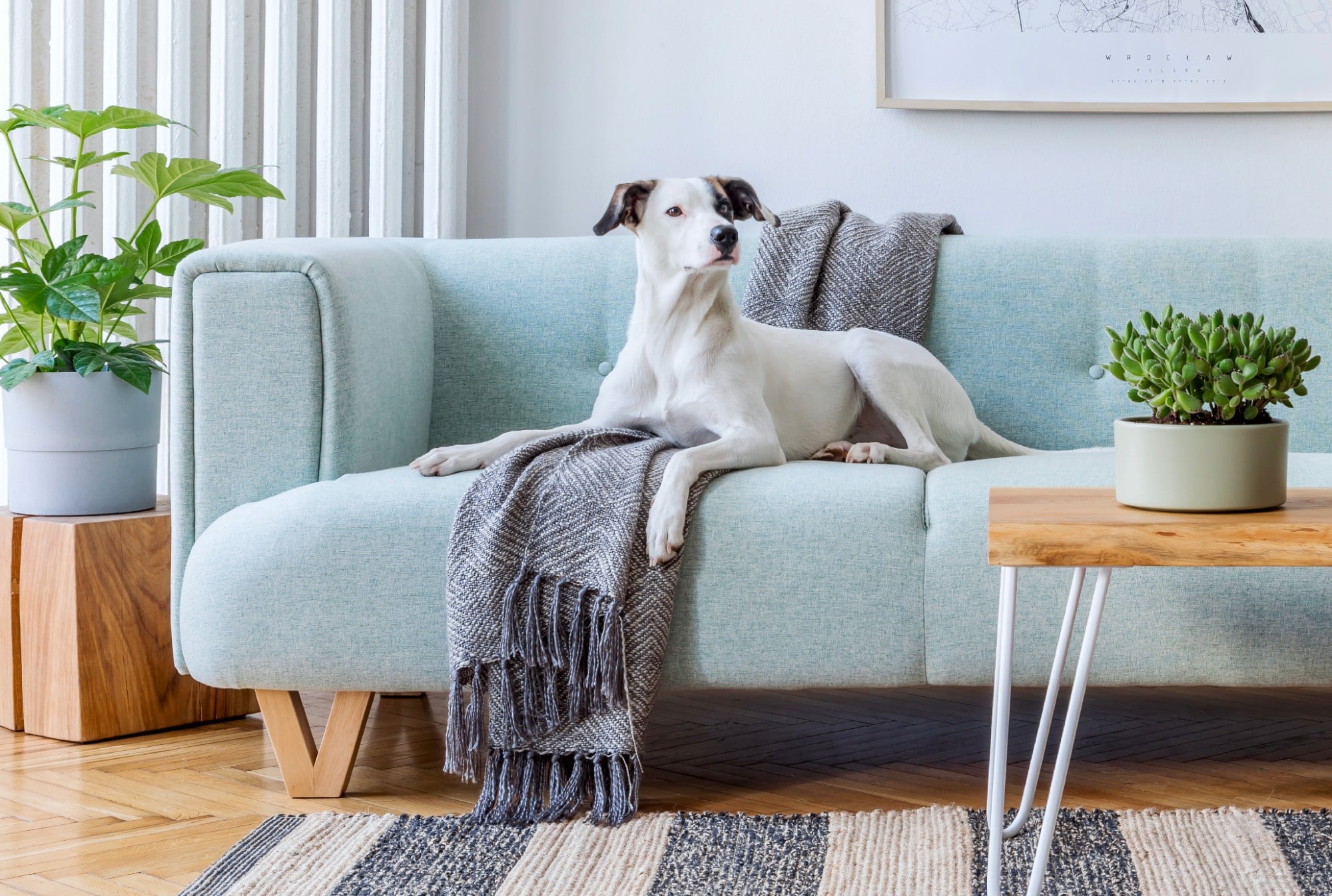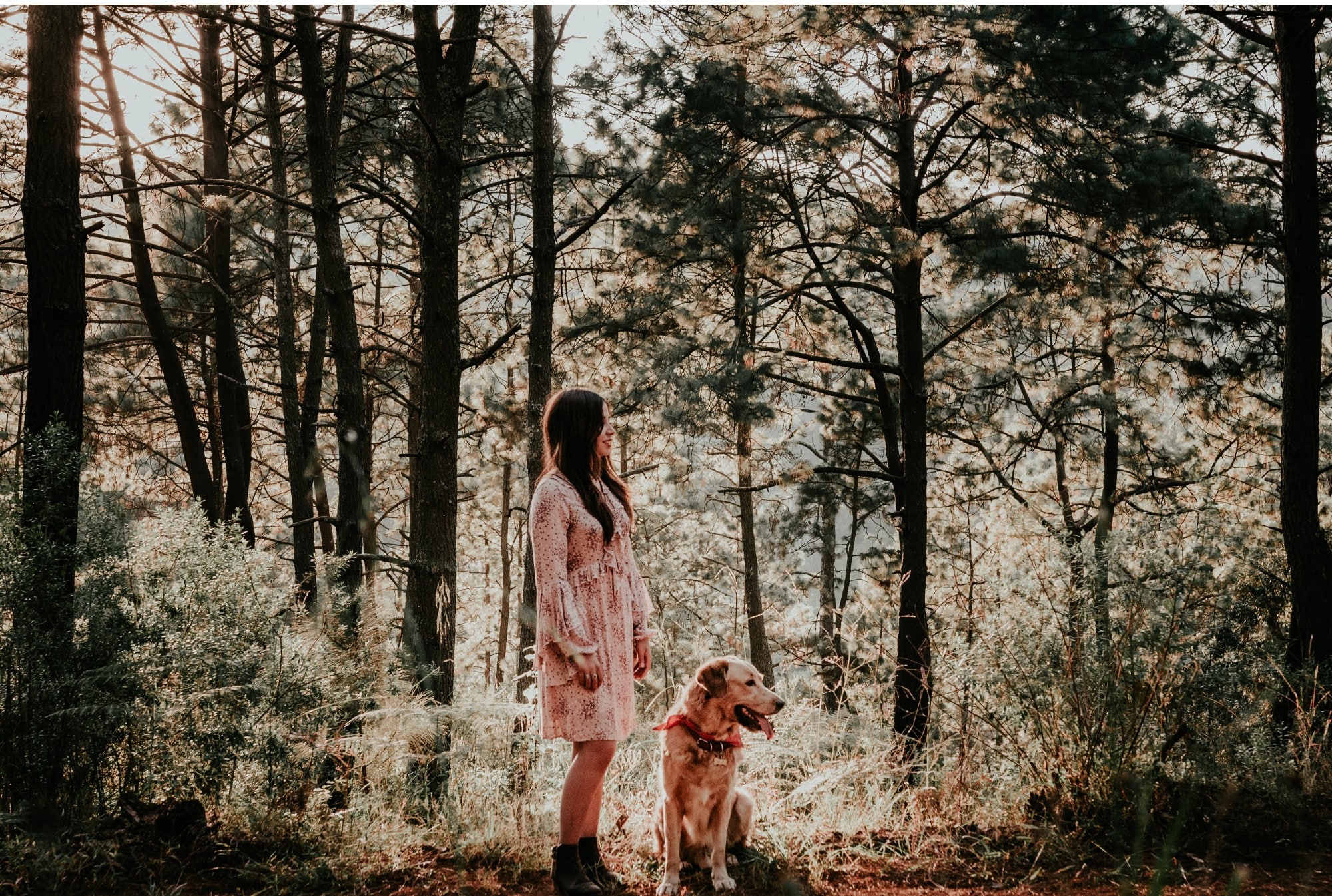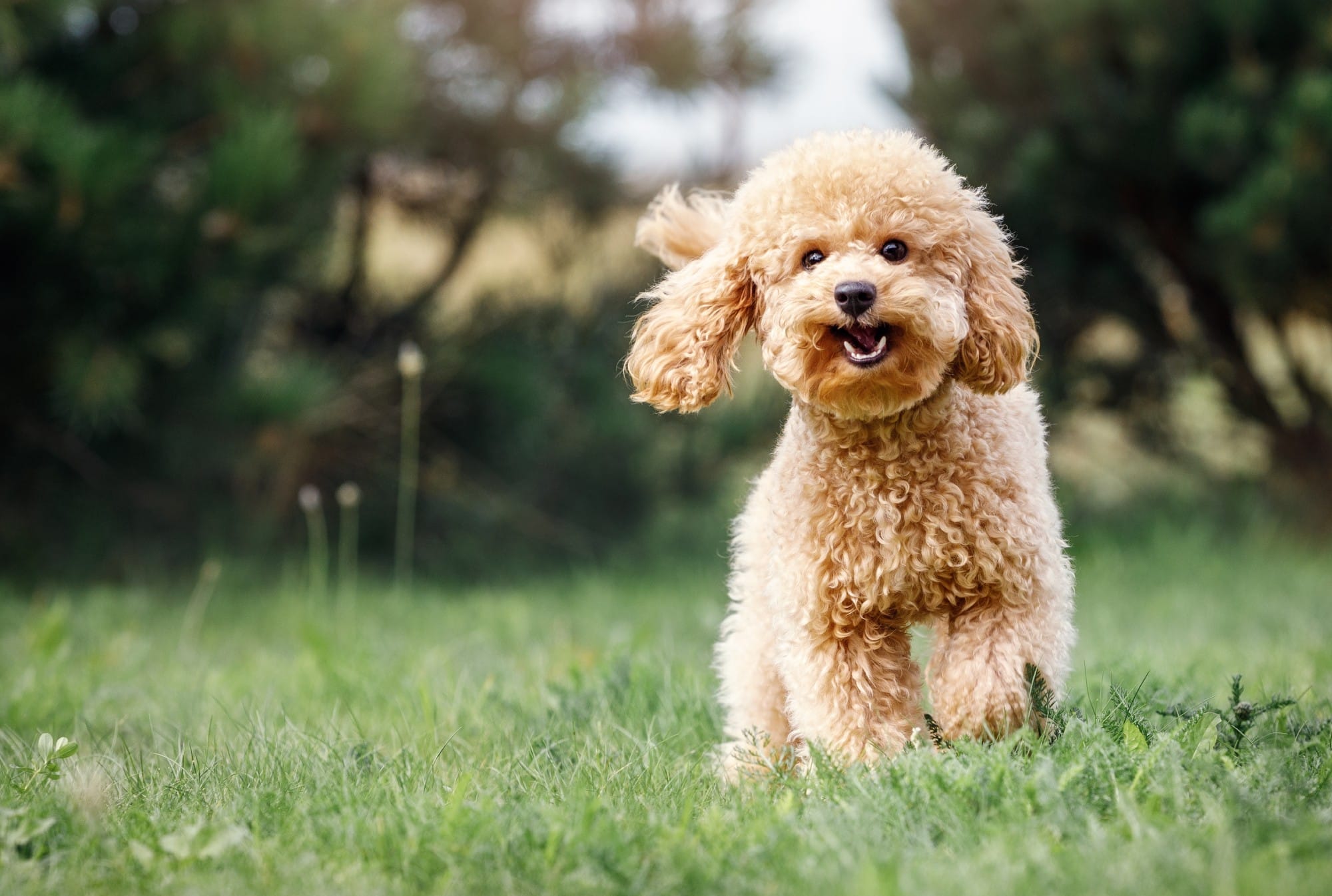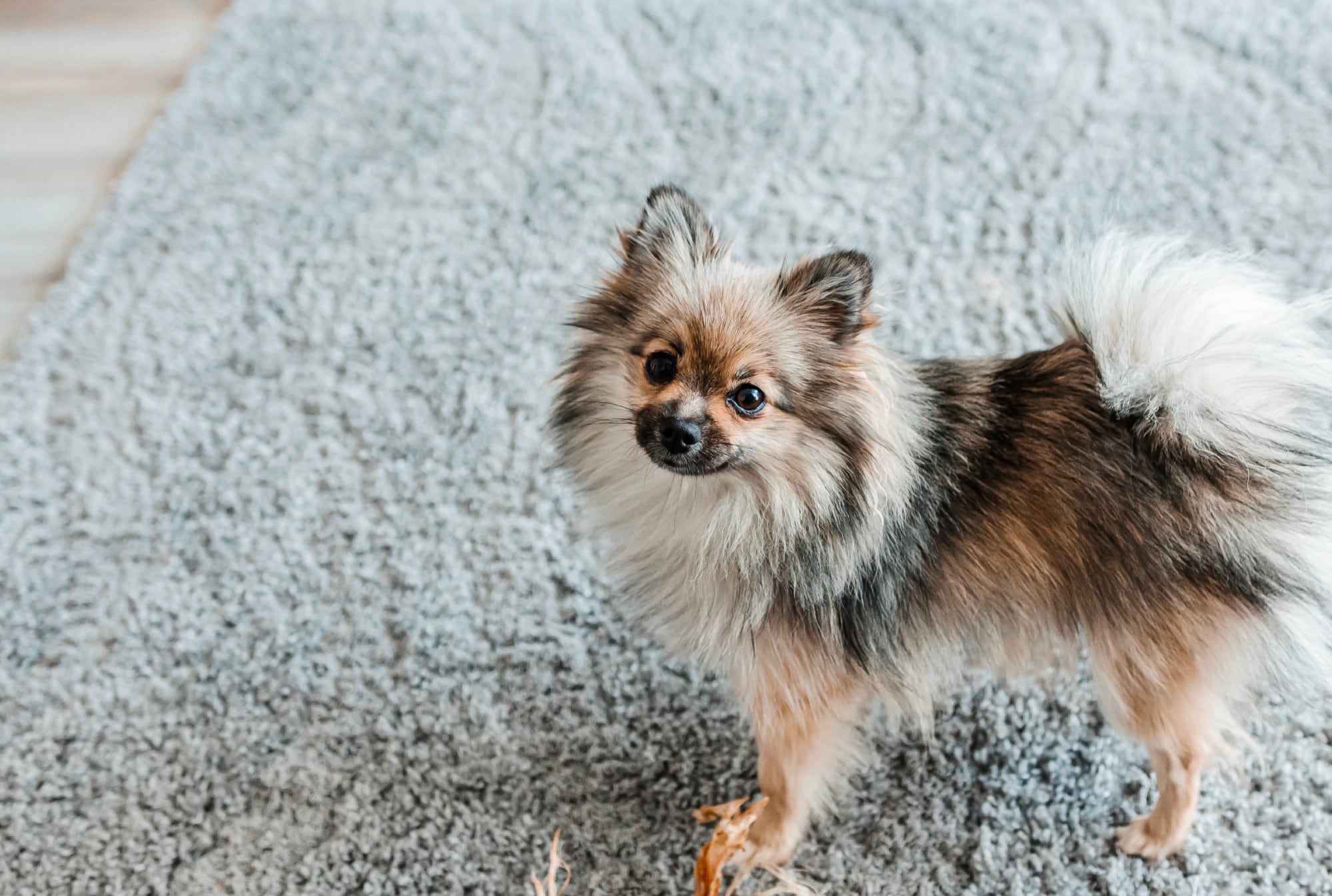With so many of us spending more time at home, we may want to liven up our space with some lush greenery. Indeed, research has shown that plants not only are good for our health — they can remove up to 87 percent of air toxins in 24 hours — but also our wellbeing. They can improve productivity, concentration and reducing stress levels, among other benefits. And right now, we could all use a little calmness in our life. But before you go purchase a houseplant, you want to ensure it’s safe for your pup.
If dogs nibble, chew or eat some plants, they may experience discomfort, get sick, or even die.
Related: 7 Natural Ways to Protect Your Dog From Mosquitoes in Your Backyard
So ahead of your trip to your local nursery, here’s a list of 10 common houseplants that are toxic to dogs, as well as a few suggested alternatives that are safe for your four-legged best friend. (Keep in mind, this list is by no means an exhaustive list.)
1. Aloe Vera

While the gel inside an aloe can be used to alleviate sunburn on humans, chewing on the plant can expose dogs to toxins called anthraquinone glycosides, which can lead to upset stomachs, vomiting, and diarrhea.
Alternative: Haworthia
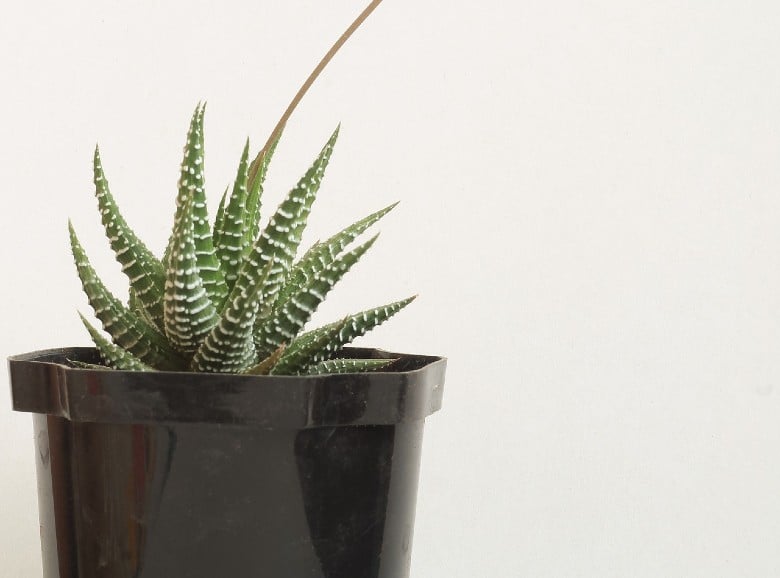
This succulent, also known as the zebra plant, is safe for dogs. You’ll get a similar spiny appearance, without the risk. These low-maintenance plants require bright light and little watering. Pop it in an east-facing window for it to thrive.
2. Ivy
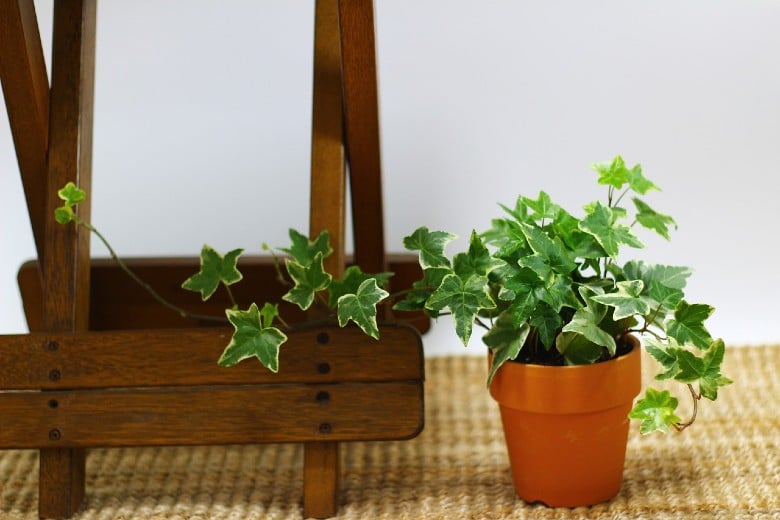
Lush English ivy can look gorgeous cascading out of a planter or growing up a brick wall, but things will not be so beautiful if your dog gets a hold of the leaves. Several varieties of ivy contain polyacetylene compounds and triterpenoid saponins, toxics that can cause excessive drooling, abdominal pain, vomiting, and diarrhea.
Alternative: Swedish Ivy
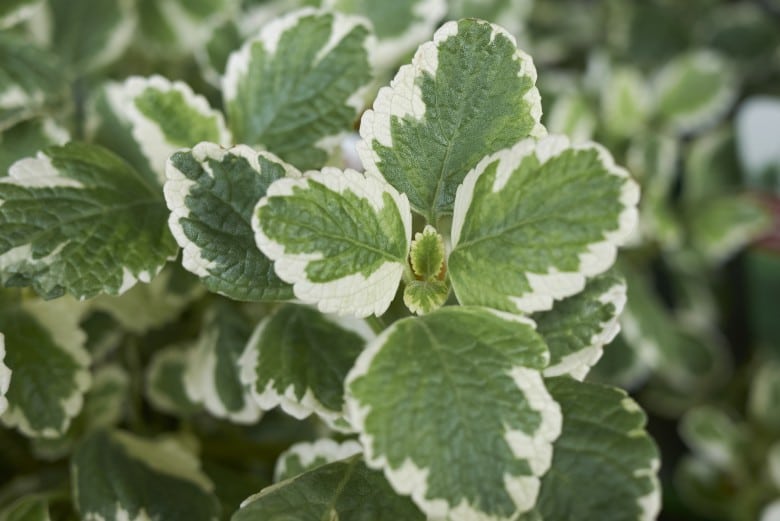
If you’re set on having a trailing plant, opt for Swedish ivy instead. These plants do best in light and loamy potting mix with some perlite mixed in to promote drainage. Place it in a spot where it can receive bright, indirect sunlight year round. Water weekly and allow the soil to dry out slightly between waterings.
3. Philodendron
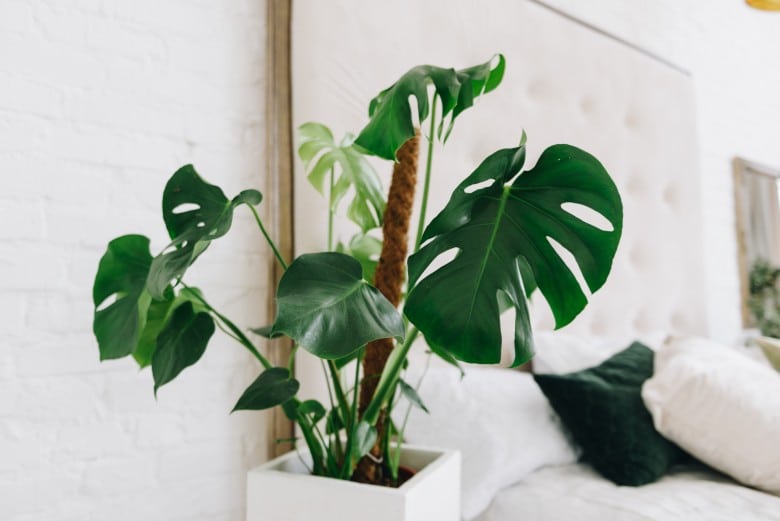
There are dozens of types of philodendrons on the market. Popular because of their low maintenance needs, these plants can cause severe burning and swelling of the mouth and tongue if your dog eats them. In rare and extreme cases, this irritation can lead to breathing troubles and even death.
Alternative: Areca Palm

If you like more tropical looking plants than woody ones, consider getting an areca palm instead of a philodendron. These palms crave bright, indirect light and only need to be watered once every 10 days. With proper care, these plants can grow up to seven feet tall and live for a decade.
4. Dieffenbachia

While stunning to look at, the dieffenbachia’s leaves contain sharp, tiny calcium oxalate crystals that can severely irritate your pup’s mouth.
Alternative: Prayer Plant
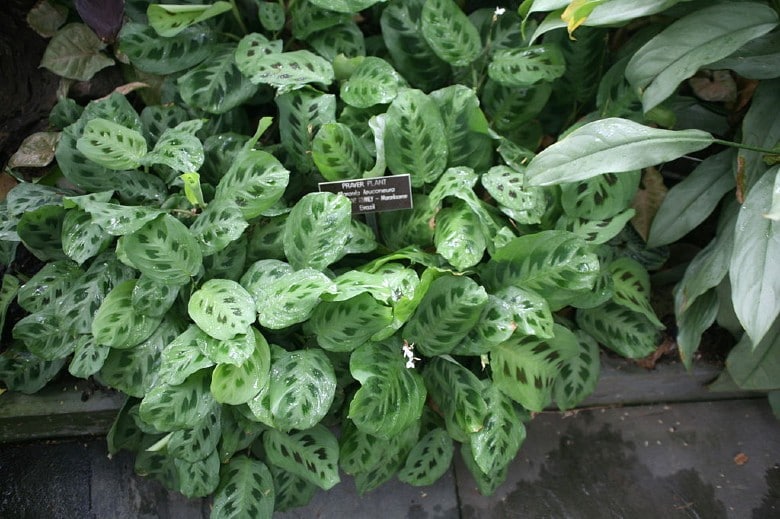
These plants earn their name from their unique ability to open and close their leaves. While closed, the leaves resemble praying hands. A tad fussy, prayer plants need high humidity and indirect light. Allow the soil to completely dry between waterings as these plants are prone to root rot.
Related: Spring Cleaning: 9 Non-Toxic Dog Stain and Odor Cleaners That Get the Job Done
5. Pothos
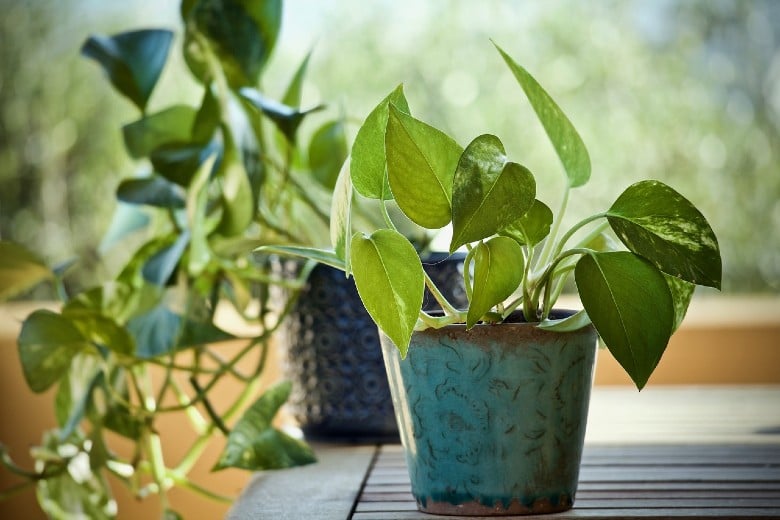
Pothos are popular houseplants because they’re almost impossible to kill. However, like philodendrons and dieffenbachia, the tiny, sharp oxalate crystals found within their leaves can cause severe burning and swelling of the mouth and tongue.
Alternative: Spider Plant
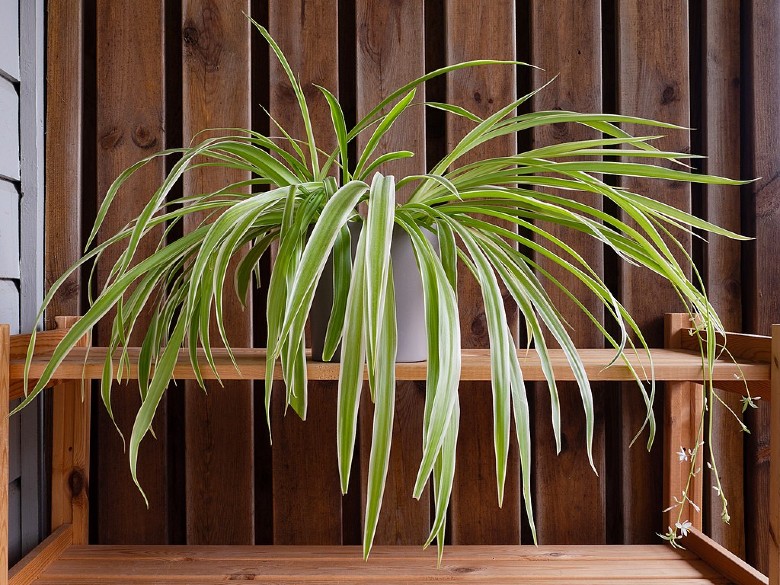
If you’re seeking a hard-to-kill plant, the spider plant is the perfect houseplant for you. These plants prefer moderate indirect sunlight and a weekly watering routine. However, they can tolerate low light and won’t die if you forget to water it for a few weeks.
6. Chinese Evergreen
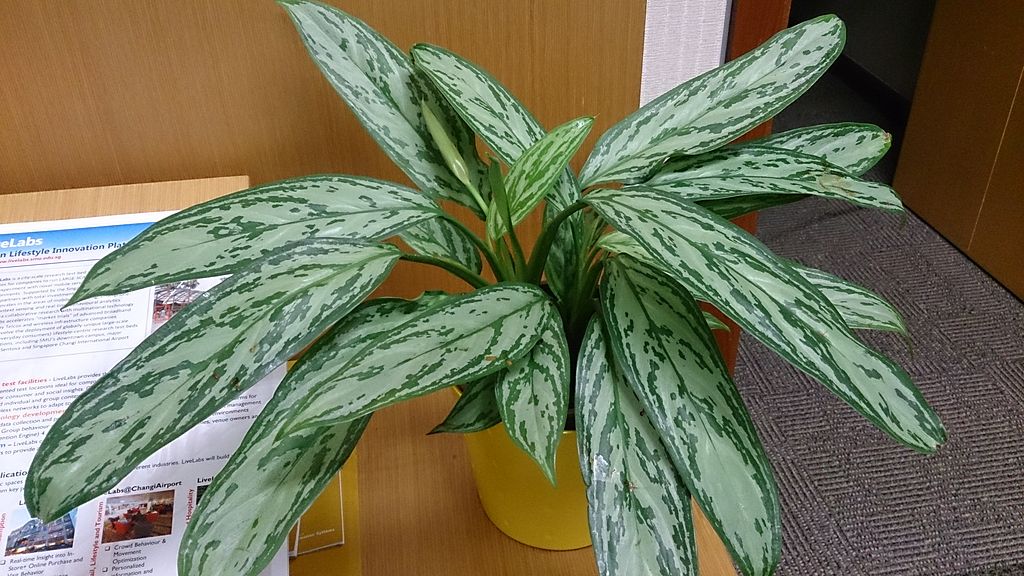
While this plant’s bright colors may look great in your home, it’s not healthy for your pup. If your dog consumes this plant, he may paw at his face, foam at the mouth, and vomit. Moderate to severe swelling of the mouth may also occur, making it tough for your pet to swallow and breathe.
Alternative: Peperomia

This plant comes in an array of colors and textures. Choose a watermelon peperomia to add an instant pop of color to your space. These plants like indirect sunlight and a well-draining soil mixture. They’re also extremely vocal and will droop dramatically when they need water.
7. Snake Plant

Also known as a mother-in-law’s tongue, this long, slender plant is a favorite for people who want to add some greenery to the darkest recesses of their homes. However, this plant can cause gastrointestinal issues in dogs if ingested, including vomiting, diarrhea, and drooling.
Alternative: Cast Iron Plant
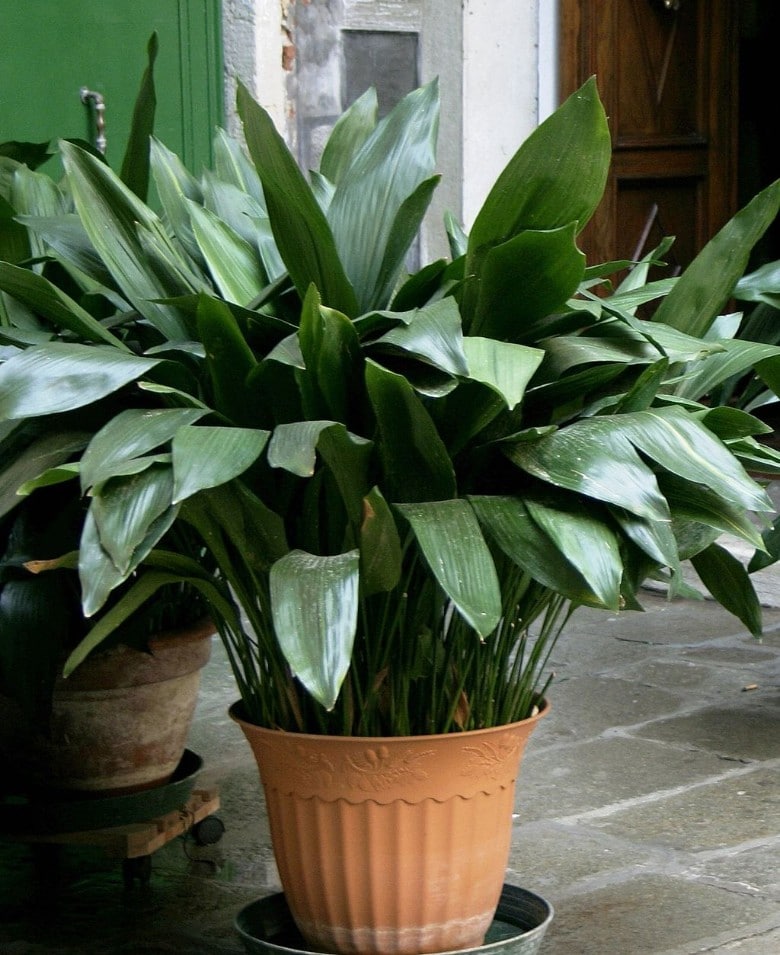
If you’re looking for a low-maintenance plant that can tolerate low light, consider getting a cast iron plant. This guy likes humid environments and to be watered when the top inch of the soil has tried out.
8. Begonia

There are over 1,000 species of Begonias and all of them can be toxic to dogs. If consumed, this plant will cause intense burning of the mouth and can also cause vomiting and excessive drooling.
Alternative: African Violets
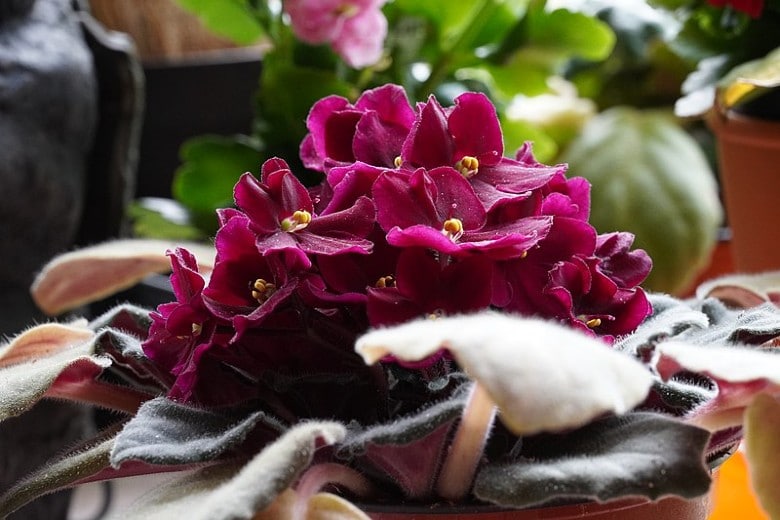
If you want a houseplant with lovely foliage and blooms, try an African Violet instead. This compact plant does best in indirect light and needs to be watered every 10 days.
Related: Stay at Home in Style With These Must-Have Dog Essentials
9. Rubber Tree Plant
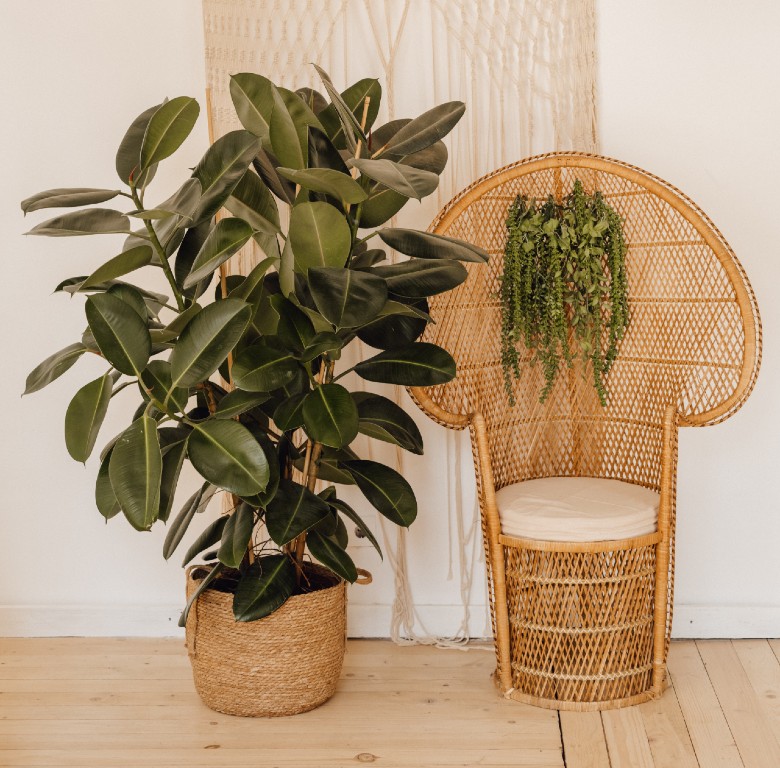
Loved for their beauty and low-maintenance care, rubber tree plants come in a variety of colors including burgundy and creamy green. If your dog eats the sap that this tree produces, it can attack the DNA in his cells.
Alternative: American Rubber Plant

Also known as peperomia obtusifolia, this thick-leafed plant highly resembles a rubber tree and is safe for both dogs and cats. It needs high humidity, indirect sunlight, and to be watered when the soil dries out completely.
10. Alocasia

These plants are coveted for their unique leaf shape and dark, deep coloring. However, if your dog ingests this houseplant, he can experience painful burning and irritation of the mouth, lips, and tongue.
Alternative: Aluminum Plant

This silver-tinged plant has an uncommon leaf shape and pattern and is safe for dogs and cats. They require medium levels of humidity, a well-draining soil mixture, and bright, indirect light for at least four hours a day.
Again, this list is not all-inclusive, and plants may look different than the ones used in our photos. (To see an extensive list, check out the ASPCA website.) Always do your research on a particular houseplant before bringing it home to ensure it’s safe for your dog. Remember, that even if a plant is considered “safe,” your dog still can get sick if she eats it.
If you believe your dog got sick from eating a plant, contact your local vet, go to the emergency room, or call the Animal Poison Control Center hotline at 1-888-426-4435.
Related: Meet the Guy Obsessed With Dog Food Recalls
This article is for informational purposes only. It is not, nor is it intended to be, a substitute for professional medical advice, diagnosis, or treatment and should never be relied upon for specific medical advice.













